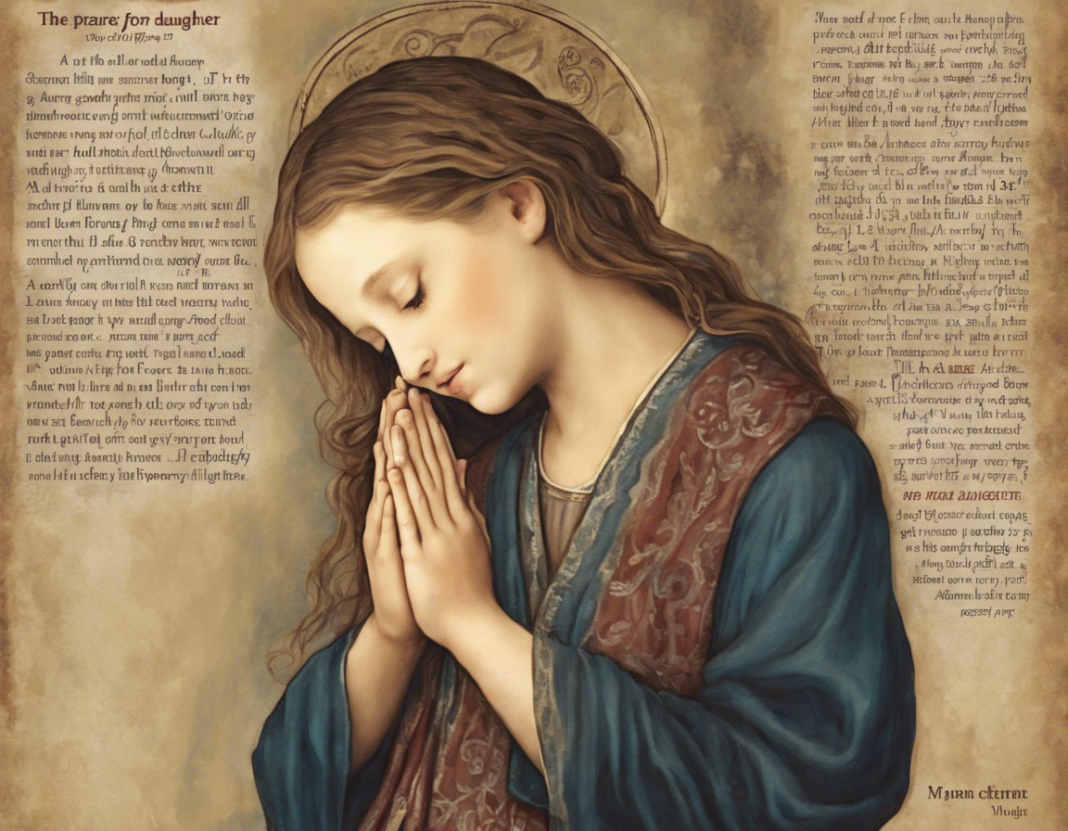William Butler Yeats, a renowned Irish poet, composed the heartfelt and insightful poem “A Prayer for My Daughter” in 1919 following the birth of his daughter, Anne. The poem is a reflection on the turmoil and uncertainties of the times and expresses Yeats’ hopes and fears for his daughter’s future. Through vivid imagery, rich symbolism, and profound themes, Yeats delves into the complexities of life and parenthood, offering a poignant plea for his daughter’s well-being and happiness.
Structure and Themes
Structure: “A Prayer for My Daughter” comprises of four stanzas, each with eight lines written in iambic pentameter. The poem is written in the form of a prayer, with Yeats addressing a divine power and seeking blessings for his daughter.
Themes: The poem touches upon various themes such as innocence, beauty, love, societal expectations, and the passage of time. Yeats grapples with the idea of protecting his daughter from the harsh realities of the world while acknowledging the inevitable challenges she will face.
Analysis of the Poem
Stanza 1: Yeats begins by describing his infant daughter sleeping peacefully in her cradle. He expresses his fears for her future, particularly in a world filled with chaos and conflicting ideologies.
Stanza 2: In this stanza, Yeats reflects on the fleeting nature of youth and beauty. He worries that his daughter’s innocence and purity may be corrupted by the harshness of the world.
Stanza 3: Yeats implores the divine to grant his daughter inner strength and resilience. He hopes that she will not be swayed by material possessions or fleeting desires, but will instead find fulfillment in her inner virtues.
Stanza 4: The final stanza sees Yeats acknowledging the transient nature of life and the inevitability of change. He prays for his daughter to be protected from harm and to find true happiness and contentment in her life.
Symbolism and Imagery
Cradle: Symbolizes innocence and protection, highlighting the vulnerability of the daughter in a tumultuous world.
Dolls and Shadows: Represents the superficial and transitory nature of societal expectations and material possessions.
Heart and Soul: Emphasizes the importance of inner strength and character over external appearances.
Critical Reception
“A Prayer for My Daughter” has been widely celebrated for its emotional depth, lyrical beauty, and timeless themes. Critics have praised Yeats’ ability to encapsulate the universal anxieties of parenthood and the complexities of raising a child in a changing world.
Frequently Asked Questions (FAQs)
-
What is the central message of “A Prayer for My Daughter”?
The central message of the poem revolves around a father’s hopes and fears for his daughter’s well-being and happiness in a turbulent world. -
How does Yeats use imagery in the poem?
Yeats employs vivid imagery such as cradles, dolls, shadows, hearts, and souls to symbolize the themes of innocence, societal pressures, and inner character. -
Why did Yeats choose to write the poem in the form of a prayer?
Yeats uses the prayer format to convey his deep-seated emotions and concerns for his daughter, as well as to seek divine blessings and protection for her. -
What historical context influenced the writing of the poem?
The aftermath of World War I and the political upheavals of the time likely influenced Yeats’ contemplation of the uncertainties and challenges facing his daughter’s generation. -
How has “A Prayer for My Daughter” been interpreted by different generations?
The poem has resonated with readers across generations, who have found its themes of parental love, protection, and the desire for a better future universally relatable.
In conclusion, “A Prayer for My Daughter” stands as a timeless testament to the enduring love and hopes that parents have for their children. Yeats’ poignant words continue to inspire readers to reflect on the complexities of life, love, and the timeless desire for a brighter tomorrow.

